Healthy living is often a direct result of healthy cooking. While reaching into the spice cabinet for herbs such as rosemary and peppermint has become commonplace, you may find another effective way to cook with herbs and plants is by using essential oils for cooking.
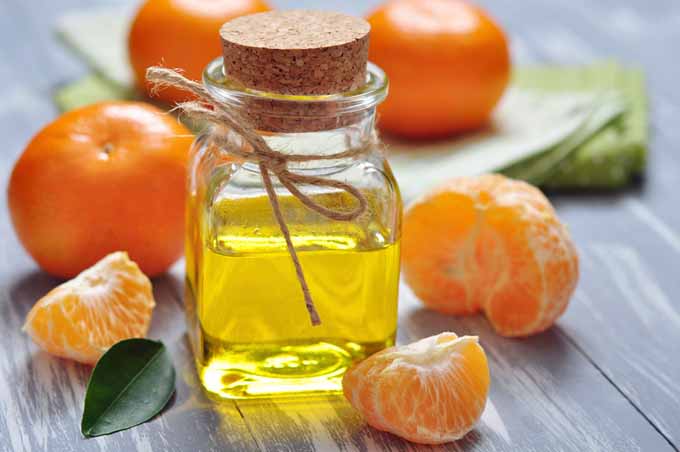
Essential oils (EO) offer several benefits including the ability to know the source of your flavorings, saving money as it only takes a drop or two, and convenience because you’ll always have what you need on hand instead of having to run to the store.
What are they?
Essential oils are made from aromatic plants through natural processes to concentrate the “essence” of the plant into a liquid form.
Not technically oil, they are actually hydrophobic liquids that are distilled or cold pressed from various parts of the plant such as the leaves, stems, petals, needles, twigs and branches.
Some are also extracted using chemicals or solvents, but cold pressing and steam distillation are the preferred methods to keep the essence of the plant in its purest form.
The tradition of using EO is an ancient one, dating back thousands of years. Used for physical healing as well as emotional well-being, these are powerful, natural substances that provide a healthy boost when used in the kitchen.
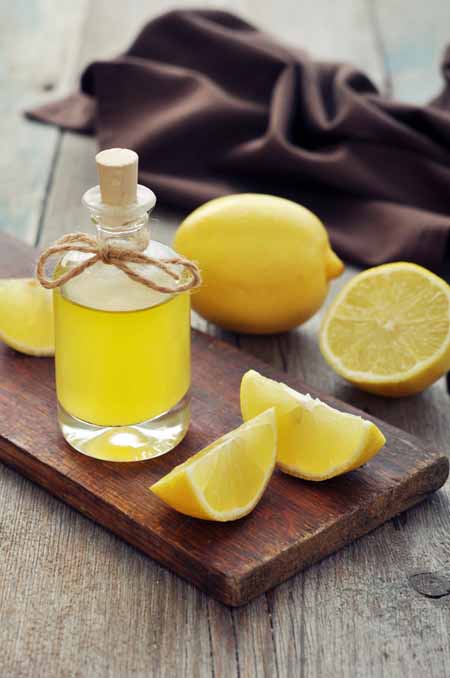
Although creating a collection of these hydrophobic liquids may seem a bit on the pricey side, over time this is an extremely economical way to cook.
Because of a significantly longer (indefinite!) shelf life, they ultimately trump dried herbs and spices for imperishability.
Safe Cooking
When determining what essential oils to use for cooking, it is important to understand where they come from and what grade they are. Some cheaper versions are only useful for perfumes and scents because of the quality of plants they come from and how they are extracted.
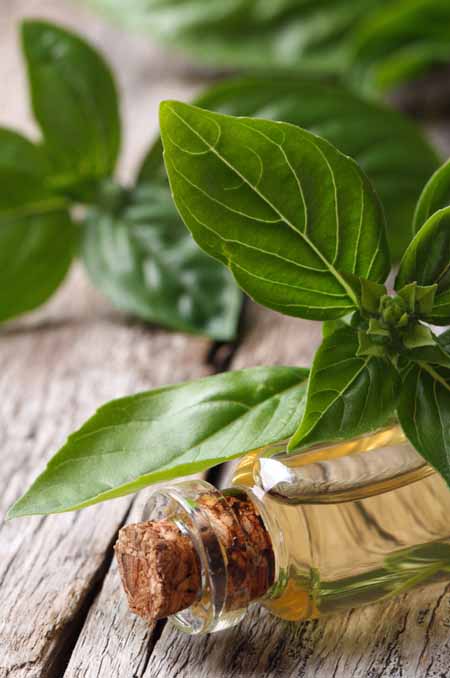
Higher grade substances that can safely be used for cooking will be labeled 100% pure and should indicate that they are Food Grade. Young Living, doTerra, LorAnn, and other brands offer products which, when used in proper amounts, can be not only safe but beneficial to the body’s health.
For certain items, such as nutmeg, using the essential oil may be safer than using the plant because components that may be toxic in the plant become non-volatile through the extraction process.
It is definitely necessary to avoid products that are extracted with harmful solvents, but those are usually used for Perfume Grade components rather than for Food Grade ingredients. When in doubt, contact the manufacturer to find out what kind of processes or solvents are used in the extraction process.
Ideally you’ll find that substances used for cooking will be extracted through cold steam distillation or cold pressing. The use of high temperatures in the extraction process can break down the structure and change the chemical compounds so it’s best to avoid those that have been exposed to high temperatures.
This also means that you’ll want to find a room temperature place for storage—obviously not in the cabinet directly above the stove!
Nature-identical substances should be avoided as they compare chemically to the natural product but are made of synthetic components, so you are not eating the actual plant but rather a synthetic chemical made to mimic its qualities.
No one wants that.
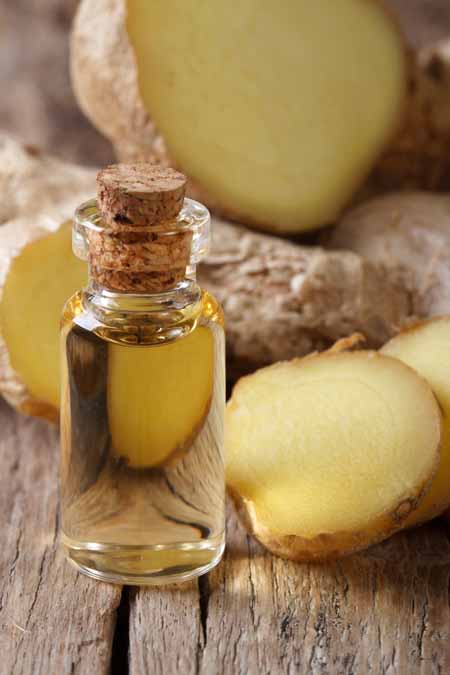
For instance, horseradish is a food that is perfectly safe to eat, but horseradish essential oil contains allyl isothiocyanate, which is an irritant to the skin, eyes, nose, and mucus membranes and should not be ingested.
The best way to be sure that what you are using for cooking is safe is to check the Latin name on the bottle and compare it to the IFRA (International Fragrance Association) restricted and banned lists, which can be found here.
Speaking with an herbalist, aromatherapist, or nutritional therapist may give you more confidence in using these in the kitchen.
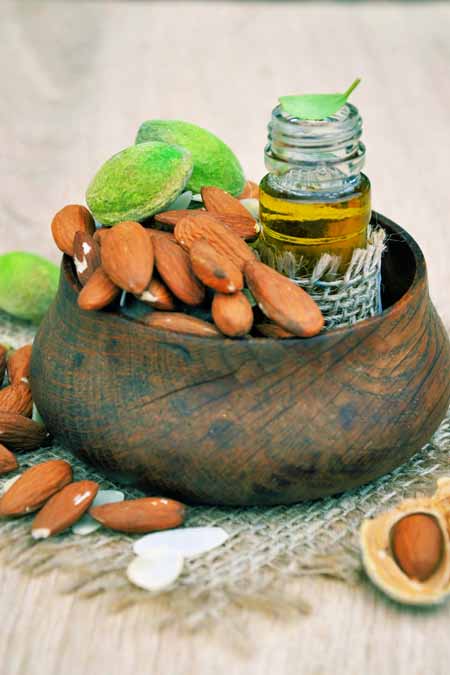
In addition, even products that are safe to ingest can be extremely powerful. You should consult a doctor prior to ingesting these strong substances if you have any sort of medical condition.
For instance, those with high blood pressure should avoid using peppermint, rosemary, eucalyptus, black pepper, pine, and other essential oils that can be hypertensive. Be sure that your family (or any guests you might be cooking for) are healthy and well before feeding them food cooked with these substances.
Varieties to AVOID in Cooking
This is not a complete list by any means, but here are some of the essential oils you might think are safe because of their names, but actually are not:
- Bitter Almond – Prunusamygdalus var. amara
- Camphor- Cinnamomumcamphora
- Horseradish – Cochleariaarmoracia
- Mustard – Brassica nigra
- Sassafras – Sassafras albidum
- Wintergreen – Gaultheria procumbens
Essential Oils Used for Cooking
Always check the Latin name of your essential oil first, and make sure that it is 100% pure.
Here are some essential oils that can typically be used safely in cooking (always check labeling or check with the manufacturer first – Foodal is not responsible for any misuse):
Used in Cooking
- Anise
- Basil
- Bergamot
- Black Pepper
- Caraway
- Cardamom
- Chamomile
- Cilantro
- Cinnamon Bark
- Clove
- Coconut
- Coriander
- Cumin
- Dill
- Eucalyptus
- Ginger
- Grapefruit
- Juniper Berry
- Lavender
- Lemon
- Lemongrass
- Lemon Verbena
- Lime
- Marjoram
- Nutmeg
- Orange
- Oregano
- Peppermint
- Rosemary
- Sage
- Spearmint
- Sweet Fennel
- Tangerine
- Thyme
How to Cook with Essential Oils
Essential oils are typically added at the end of the cooking process in order to preserve their flavor. However, if you find that your flavor is coming out too strong, then let the dish simmer for just a bit before serving.
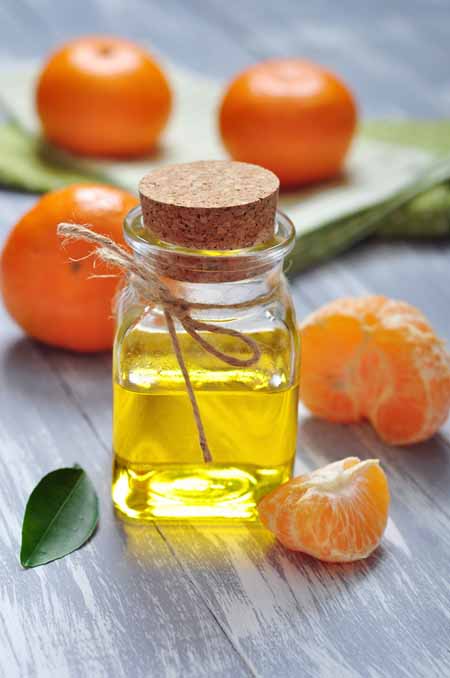
Substitute essential oils for fresh herbs and spices as well as in recipes that call for lemon rind, orange peel, or zest.
Use just a single drop.
They never go bad so you don’t have to run to the grocery store if someone in your family ate that last orange you were going to zest! This is especially helpful in winter when fresh herbs or fruits run at a premium price.
From adding fruit flavors to sherbets or ice creams, to making glazes or dips or drinks, using these ingredients in the kitchen may become one of your favorite shortcuts to healthy, easy cooking.
Recipe Ideas
Frozen Peppermint Mocha Coffee
Guaranteed to clean out your nasal cavities while providing your chocolate fix, this coffee drink is sure to please those who love their Starbucks, without the hefty price tag.
- 3 cups coffee
- 1 cup milk
- 4 tablespoons unsweetened cocoa powder
- 2 drops Peppermint EO
- 2 frozen bananas sliced
- 3 dozen ice cubes
- Blend in a blender until all ingredients are incorporated.
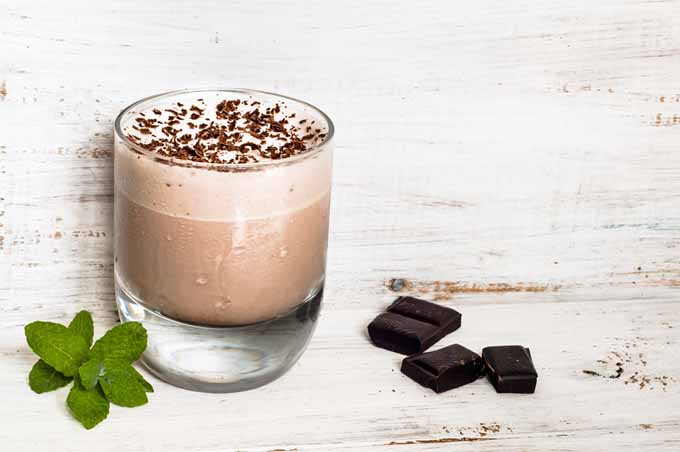
Cranberry Chutney
This chutney is great to use as a garnish for meats or as a dip paired with cream cheese and crackers.
- 3 apples cored
- 2 cups whole cranberries
- 1 whole orange including peel
- 1/3 cup honey
- 2-3 drops orange EO
- Use food processor or chopper to combine fruit.
- Add honey and Orange oil.
- Store in refrigerator.
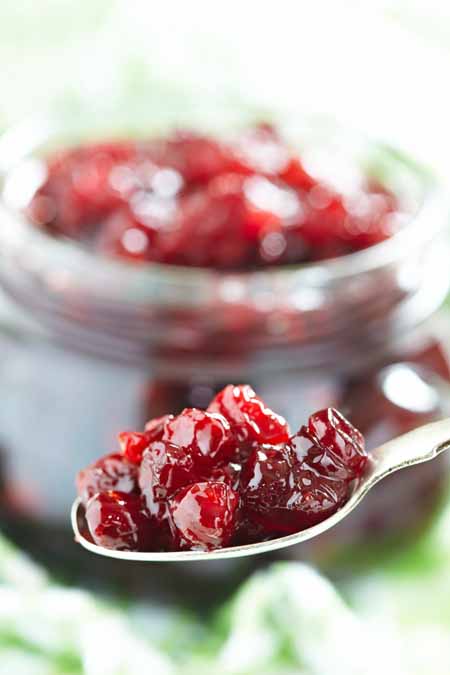
About Julie Workman
As a freelance writer for over 15 years, Julie Workman has been published in various magazines, books, and online media. She holds a college degree in Home Economics which she uses every day in overseeing her household and making her home a happy place for her family.

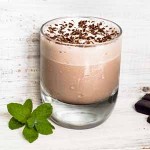
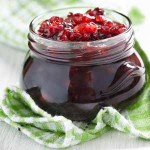
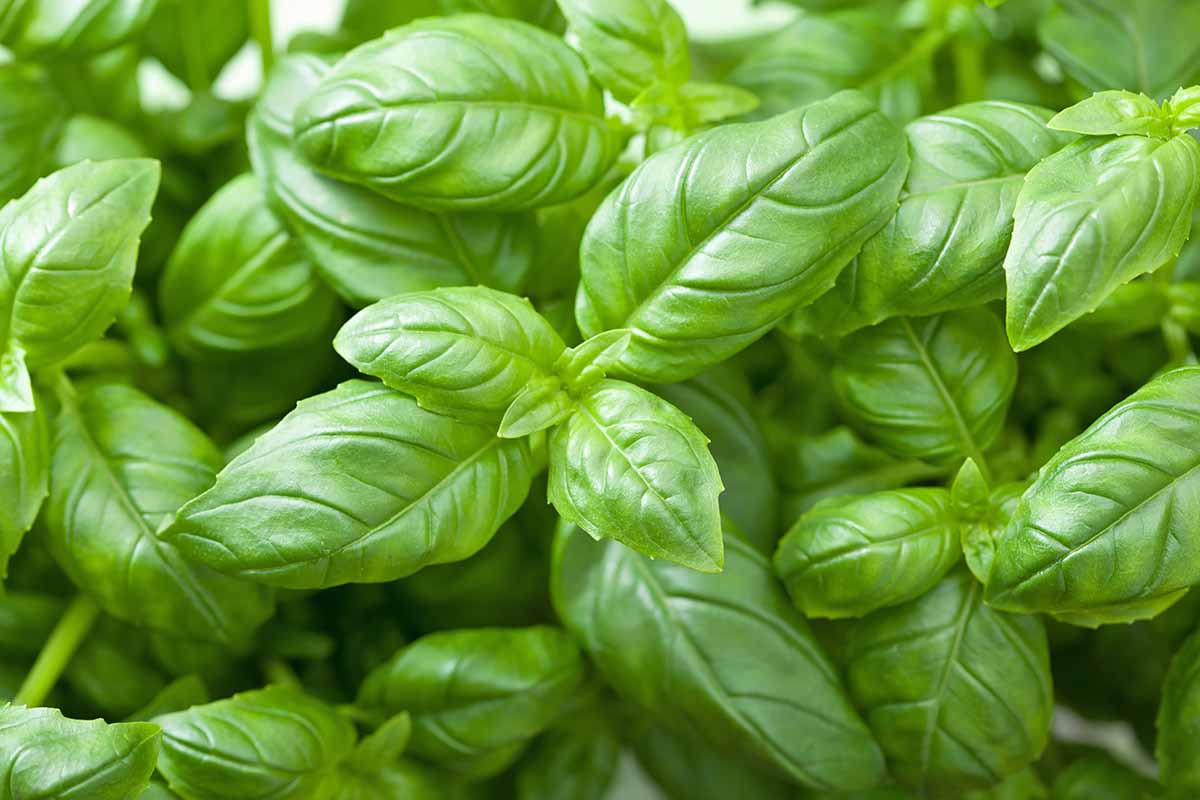
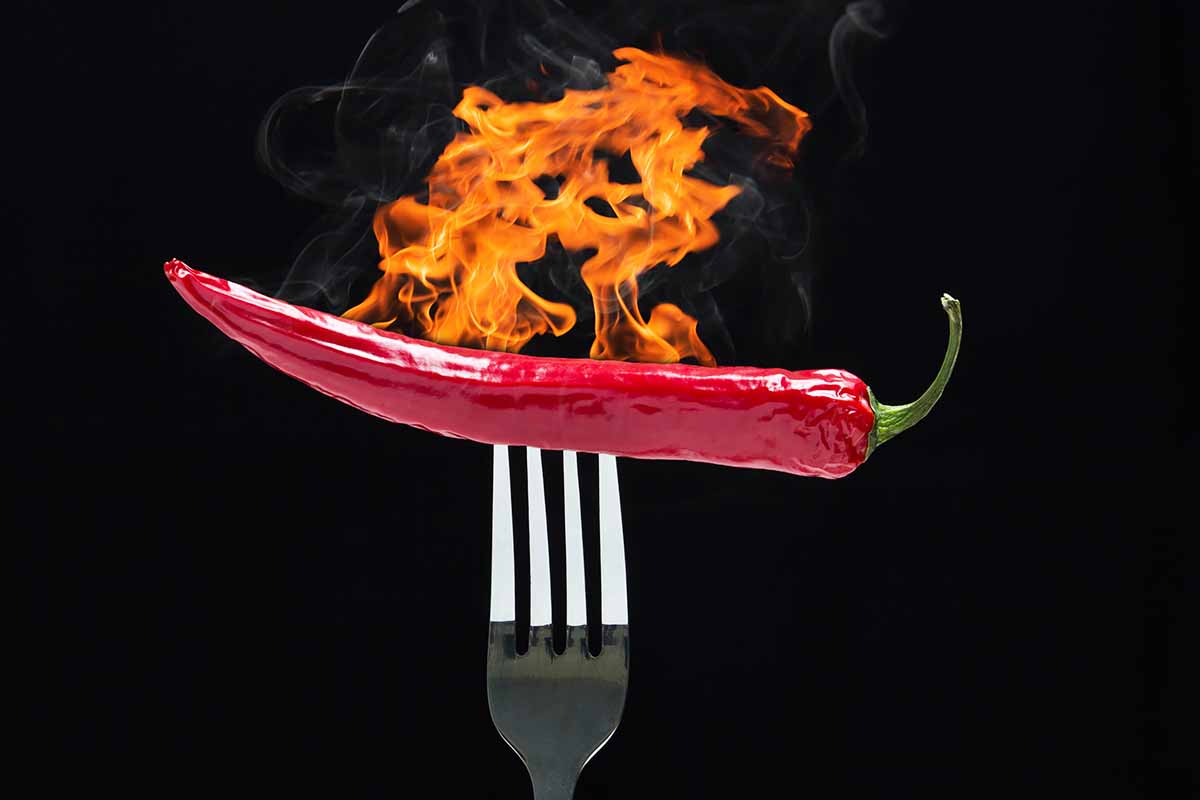
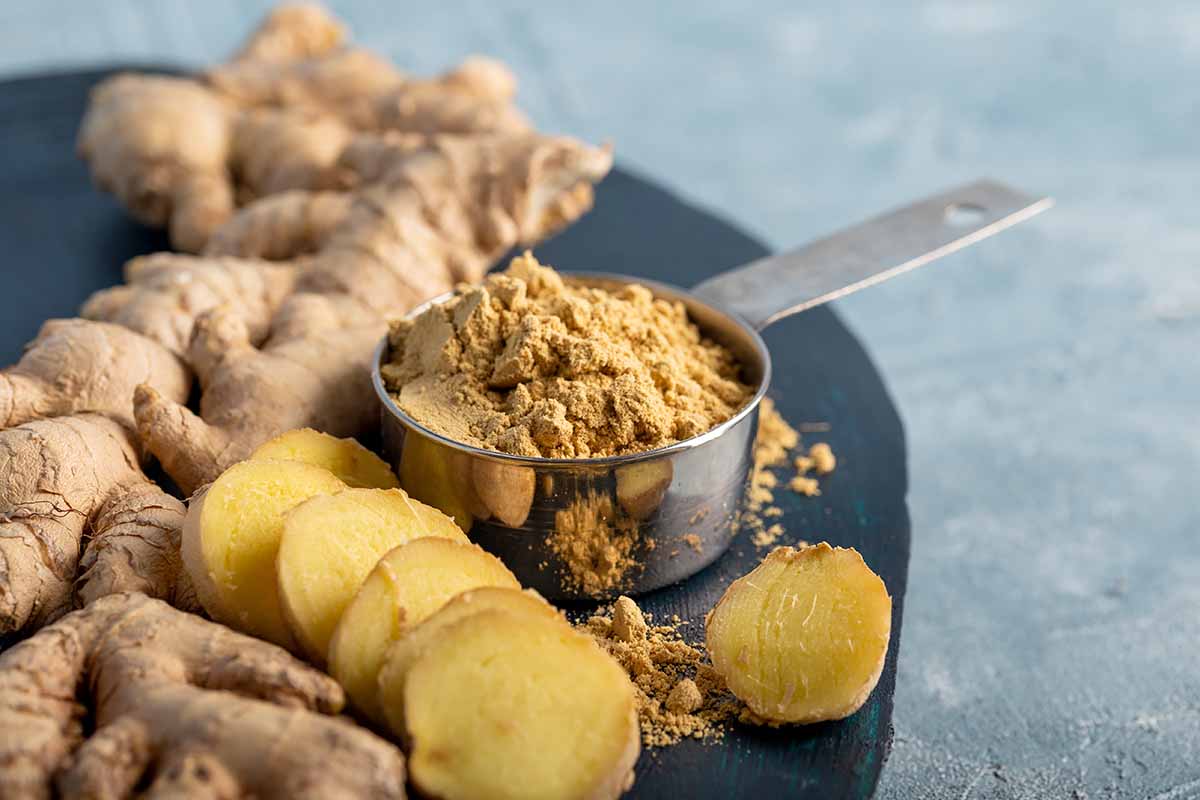
The frozen peppermint mocha coffee looks and sounds absolutely amazing! My mother and I both hoard spices, and have not even considered trading some of them out for the more economical oils (only one drop!). I have been experimenting a lot lately with peppermint ever since I discovered peppermint tea, and I would most certainly be open to trying this. Thank you for the recipes!
So, are essential oils basically more potent versions of spices? How does the price of them compare to regular spices? Do we know that they are all safely extracted? How come some that you would expect to be edible are not? I know this is a lot of questions. It does seem like they can be a much more efficient alternative to seasonings and spices, provided they’re properly processed and extracted.
So glad you enjoyed it. Certainly a new way of thinking!
Cleaned out nasal cavities is definitely an incentive for someone like me, who suffers year round with allergic rhinitis. I am attracted to the idea of using more natural ingredients, and especially like the idea of using something that lasts a long time and doesn’t get used up, since I prefer to cook and bake from what I have on hand, rather than having to run to the store whenever I get the urge to make something.
I still like to use oils. There are certain circles that are rambling on about how oils are not good for you. Essential oils I would imagine would be better than something like a vegetable oil. I hadn’t thought about using essential oils. This is a really good idea. I am going to have to try this.
I have never thought to use these for cooking. I have used pepperment and eucalyptus oil for my hair. It leaves a nice tingling sensation on my scalp. I make sure to mix it with a carrier like castor oil. This stuff is potent so a small amount truly does go a long way.
I’ve never thought of using them for cooking either. I like to put lavender oil in my baths to create a nice soothing scent and it helps me relax for bedtime. I’m always a bit hesitant to use them when cooking because I don’t want to overpower any of the other spices and seasonings that I use. I’ll definitely be on the lookout for food grade versions the next time I’m out buying my lavender refill.
Yes, they are extremely concentrated, which is a benefit once you know how to use them! Thanks for your comment.
I use essential oils, but not for cooking! Back when I was first getting diagnosed with an anxiety disorder I was recommended to try associating scents that I like with a calming atmosphere, and citrus aroma was my favorite. It actually did help for a while, though after some time I think my mind undid all the good that I was experiencing as I had begun to isolated myself from people. I still have my leftovers from those days, so maybe I can put them to good use again now.
I just grabbed one of the bottles and it doesn’t have a “Food Grade” symbol or indication anywhere that I can see, but it is 100% pure and doesn’t look to contain any unsafe ingredients. I’ll make sure to take a look at that restriction & banned list later on to double check & be sure, though! I wouldn’t have even thought to use them this way, so hopefully I can make use of it. Thanks for the ideas!
So glad these have been a positive benefit to your life. Now you can take a new cooking adventure with them as well!
Fascinating stuff. I’d seen mentions about using oils in cooking but was hesitant to try because, as your article suggests, there are potential pitfalls with the products being food grade or not. I am also worried about using the wrong types or the wrong quantities, especially as I am cooking for two small children.
I like the idea of replacing some of my lesser used herbs and spices with these, because they do tend to lose a lot of potency. I often end up buying new anyway because something has just been sitting in the cupboard too long.
I do wonder about adding them to the food at the end though. A lot of the time I use herbs and spices to infuse their flavour throughout the rest of the food, which works best when adding at the start.
Yes, there are certainly good reasons to continue using traditional herbs and spices in cooking and we certainly don’t want to throw them all out! And we do want to be careful with health issues. But re-thinking the way we look at food preparation can bring exciting new opportunities!
Well I feel like a total fool. I didn’t even know a person could cook with essential oils. I assumed they were for skin and hair care also for making candles. Learn something new everyday. So would this take the place of extracts? I cook with these most baking. I see that it would take less of the oil then the powder spice. I may have to try them for my cooking needs.
Very interesting. I have limited cooking experience with these, and I actually wasn’t aware that so many of them were popular for creating dishes. I’ll have to give some of them a try, although I’d rather buy high quality products from a given store instead of trying to make them myself.
Wow, isn’t this quite the surprise. I knew essential oils have many uses, but I didn’t think putting them in cooking was one of them!
And good to know that some of these concentrated essence cannot be ingested; could you imagine the first person who had to go through the pains and trials to know what oils can and can’t be eaten?
I’ve never cooked or made anything that contained (or even seen a recipe, until now, that called for) oils such as these; I take it that it is on the rarer side of the culinary arts world? And with the surge of using these wonderfully scented droplets, do you think more and more recipes will include a few exotic flavorings to test people’s tastebuds?
Yes, I believe that we will begin to see more recipes using them as their popularity increases. I’m excited to continue to develop my own recipes and I’m sure others are doing the same!
I really never thought to use essential oils in cooking, but I will now. I will be studying the lists you provided in your article to know what’s safe and what isn’t. I will also remember to check with the manufacturer when in doubt. It just seems a better option to use them than keeping something that may go bad. I have an awful time trying to keep things in the refrigerator that people like and I need for a recipe. Thank you!
Thank you so much for sharing this! I have been very interested in using essential oils in food. I currently use them for making beauty products like lotions and soaps, but have wanted to find more uses for them. I knew they are healthy and some of them could be digested, but I didn’t know the specifics. This helps a lot! And I also love the recipe for the peppermint mocha coffee drink. I really want to make this!
Peppermint and Spearmint oils are wonderful. I use them to make my peppermint bark every year. At my local farmers market there is a gentleman who sells them; he showed me that they have a lot of other purposes besides cooking. Essential oils are worth the investment in and out of the kitchen.
I love essential oils so much and use them for everything. I had not used them in cooking before (except for making a lemon water) but I have always wanted to. My only hang up was that since these oils would be digested I wanted to be sure I was using them just right. With topical use there is a little more room for trial and error. Thank you for this information i will use it and reference it.
I’ve never tried cooking with essential oils before. When I think of essential oils it always reminds me of aromatherapy and long luxurious baths, never the kitchen. What is the difference between an essential oil and an extract? Is lemon essential oil somehow different from lemon extract? I never knew nutmeg could be potentially toxic. I did hear that too much was bad for your liver so maybe that’s what they were talking about. I wish it was safe to use mustard essential oil. I put mustard on almost everything as it is, I could have used an essential oil that tasted like concentrated mustard. I wonder why then even turn some of them into essential oils if they can’t be consumed. Are people actually buying mustard essential oil for how it smells? I have to admit mustard would not be one of the names I think of when a person mentions aromatherapy. I might use some peppermint oil later on when I make some ice cream. I think I’ve just been inspired.
Perfect timing. I’ve been having trouble keeping fresh herbs fresh long enough to use, and I find myself running out of certain dried herbs when I go to use them. I like to use essential oils in my cleaning concoctions and have been wanting to learn more about cooking with them. It’s great to know they last so much longer and are much more potent than fresh and dried herbs. This has convinced me even more that I need to buy more EOs. It would be helpful to know how to convert cooking and baking amounts into drops of EOs. Does anyone know of any resources for this? It’s probably to taste in most cooking but for baking, where you can’t always do things to taste, it would be helpful to know conversions.
Fascinating read! I keep essential oils around the house for cleaning and medicinal purposes, so many of the oils I keep around my home I wouldn’t be able to use in cooking, except the coconut oil, clove oil and peppermint oils. The list that you provided really makes me want to explore cooking with other essential oils like lemongrass, and oregano.
i was not aware that you could use so many of these essential oils in food. Thank you for this information. These ingredients could really revamp one’s cooking life. I am sure my family will be grateful too.
Great article. I’ve been using EO’s for a little while mainly in Aromatherapy and making my own Massage oils type things but I’m trying to clarify before using any of these in tea’s or cooking with , Every bottle I have says DO NOT TAKE INTERNALLY so I’m guessing I can’t use these for cooking or adding to tea’s ,, So my question when using these for making tea or cooking even though the OIls I have are pure and organic do they have to be food grade to use for cooking or ingesting ?
No essential oils are safe to ingest, & you are doing the right thing by heeding the label. The misinformation put out by doterra salespeople is causing a lot of harm.
I have heard of essential oils before, but I think that I never really took the time to read about them, and they look really cool. I think that I got the wrong idea from them, I thought that you could actually use them as regular oil, but it’s actually a way (a concentrate, natural and of course, healthy way) to add a little more special flavor to foods, right? This can be used in so many ways!
Thanks for sharing!
Whatever Young Living, doTerra, LorAnn, & any other mlm may say, essential oils are not safe to ingest.
They may state otherwise, but in doing so they are propagating incredibly harmful misinformation.
Essential oils are not safe to consume and can cause significant poisoning even if small amounts are ingested.
Even essential oils that come from plants that are edible, like parsley, are not safe to ingest as essential oils. Parsley essential oil has been linked to miscarriage. Nutmeg essential oil can cause hallucinations and coma. Sage essential oil can cause seizures in children. Please be aware that children are ending up hurt by this trend, this is not safe.
Essential oils are lovely, so long as they are not used incorrectly. You can use them for smell, or very dilute in oils for skin care for adults, (please be careful with children, they are more sensitive & have more porous skin,) however please be careful, & treat them with due respect.
If you accidentally ingest essential oils; call poison control & seek medical advice.
For cooking, dried spices are far cheaper & much safer.
Hi Rebecca
As a professional aromatherapist with 27 years experience, I feel I need to clarify some of your comments:
When you put oils on your skin, even in a diluted format you are technically ingesting them! They do not sit on the surface but penetrate into the skin, the fat layers, the muscle fibers and into the blood stream and are carried around your entire body. Your liver, kidneys, skin and lungs are (to lesser and greater degrees) involved in how your body metabolises or breaks down the essential oils and eventually excretes them. Get the dose wrong and you can do yourself more harm than good.
Swallowing any essentail oil undiluted will cause harm.
Your information about Parsley oil and Nutmeg oil is correct but the dose needs to be quite strong in order to have these adverse effects. It would be deliberate and blatant misuse to cause these effects! And is extremely rare.
Using essential oils “just for smell” suggests something harmelss or as you state, “correctly using them”. This is still problematic: You are absorbing what could be a toxic load into your body via your lungs. It’s all about dosage. (adult dose / child dose) And of course the correct choice of oils and what you do with them…….their application and dilution.
A little knowledge is a dangerous thing. I couldn’t agree more that essentails oils need to be respected.
I do not think in any way the author was suggesting anything foolish with regards to using essential oils in home cooking. I myself do and I have done so for years……it takes a lot of experience but its fun as long as you respect the rules and the dosages and dilutions
This March 2023: I will present a two day workshop for foodies and professional chefs on how to cook with essential oils. My mission is to remove the ignorance and to promote confidence and competence in marrying essential oils with food. If you ask me both disciplines are so intrinsically intertwined
Thankyou for that Blaithin and it all made perfect sense. I have used certain essential oils for years but apart from including tea-tree, clove or peppermint in homemade mouthwashes, otherwise only externally. I would love to include some essential oil flavours into my cooking … is there a cookbook that you can recommend to get me started?